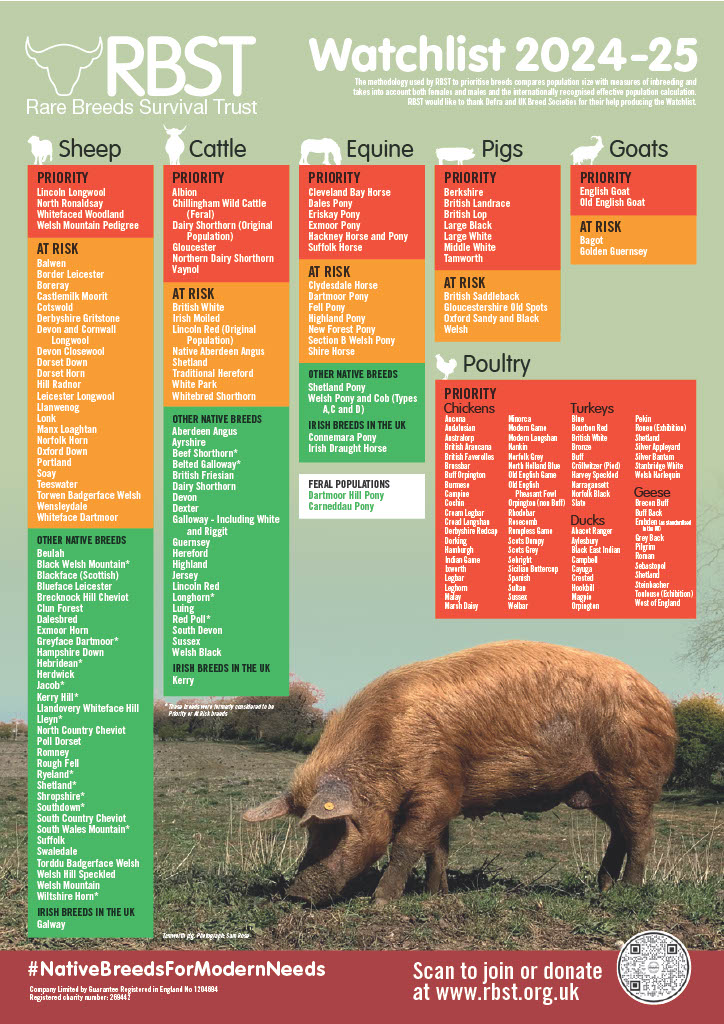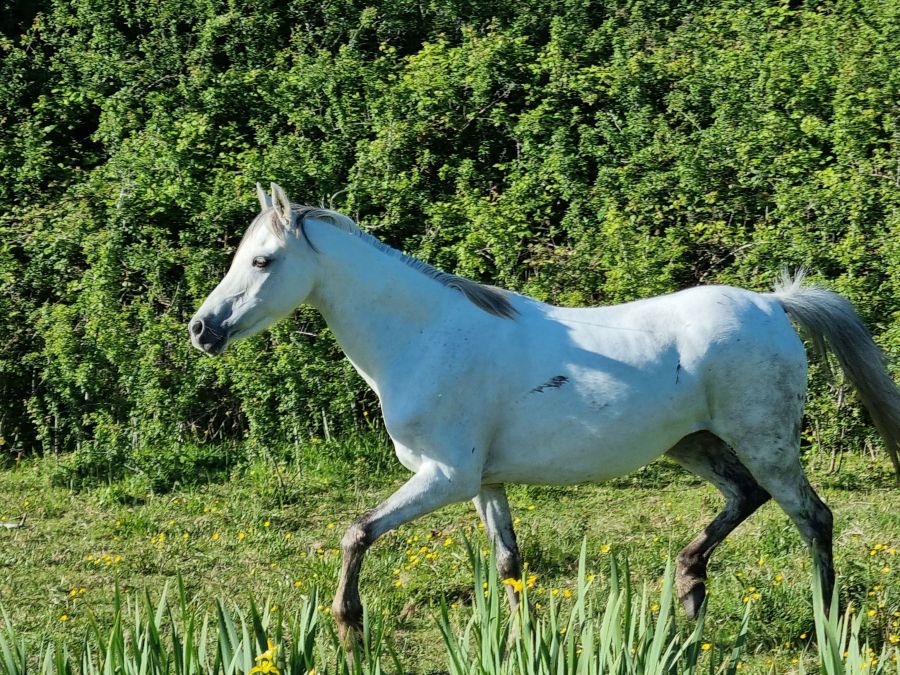The Welsh section B pony has been added to the new Rare Breeds Survival Trust (RBST) Watchlist published today (Wednesday 17 April). With a sustained decline in dams producing registered progeny – from 1,044 in 2009 to below 400 in 2023 – it is now classified as rare.
The section B’s addition to the At Risk category in today’s Watchlist means the breed will receive increased support to help secure a thriving future. With the addition of the Section B Welsh Pony, there are now 13 native horse and pony breeds categorised as rare.
“The RBST Watchlist process helps us to pick up on concerning trends early, such as the marked decline in section B dams,” said RBST Chief Executive Christopher Price. “The section B Welsh pony is a fantastic breed, really intelligent and adaptable, well suited for children but also at home in the show ring or driving.
“Its addition to the Watchlist today is the start of an increase in activity in collaboration with breed societies, conservationists, farm parks and the wider RBST membership to help reverse this decline.”
Good news for some
Today’s new RBST Watchlist brings positive news for the New Forest, Dartmoor and Exmoor pony breeds.
The New Forest pony (currently in the At Risk category) is performing very well, and if current trends continue the breed could move out of the rare categories in the coming years.
Dartmoor ponies have recorded stable numbers in 2023, reinforcing the positive trends and genetic diversity improvements that saw the breed transition from the Priority category to the At Risk category on last year’s Watchlist in April 2023.
Exmoors (in the Priority category) have seen a welcome improvement with the number of dams increased by 28% from 2022 to 2023. This follows decades of conservation action including a ground-breaking genomic analysis project which completed in 2022.
“The improvements for the New Forest, Dartmoor and Exmoor pony breeds reflect the breeding programmes and conservation activities of the past few years, which have delivered strong successes despite the severe challenges that breeders and owners have faced during the pandemic and in the current difficult economic climate,” Mr Price continued.
“This good news is testament to the dedication of all those working with rare breeds, and the growing appreciation among keepers, riders, land managers and the public that our native equines are great, versatile breeds for modern times.”
Concern for Priority breeds
However, today’s new RBST Watchlist also reflects continued concerns about a number of other native equine breeds.
Three of the UK’s native horse and pony breeds have an ‘Effective Population Size’ (which is a measure of genetic diversity within the breed, not a population total) of below 50: the Cleveland Bay horse, Suffolk horse and Eriskay pony. The Hackney horse and pony is close to this level. All of these breeds remain in the Watchlist’s Priority category.
“The Cleveland bay horse, Suffolk horse, Hackney horse and pony and Eriskay pony remain among the most vulnerable of the UK’s native breeds, requiring the most urgent action,” added Mr Price. “We continue to work hard for these and all our rare livestock and equine breeds through scientific research, application of the latest conservation tools and techniques, supporting crucial networks for breeders, and promoting these breeds and their fantastic qualities for today and tomorrow.”











